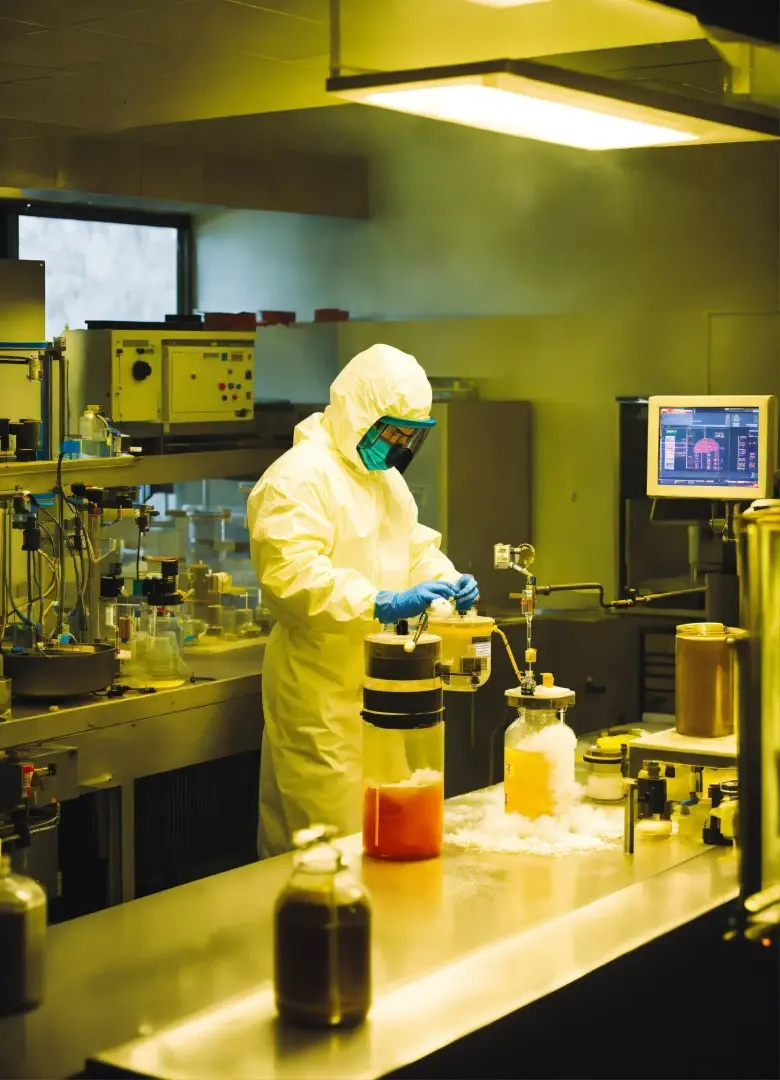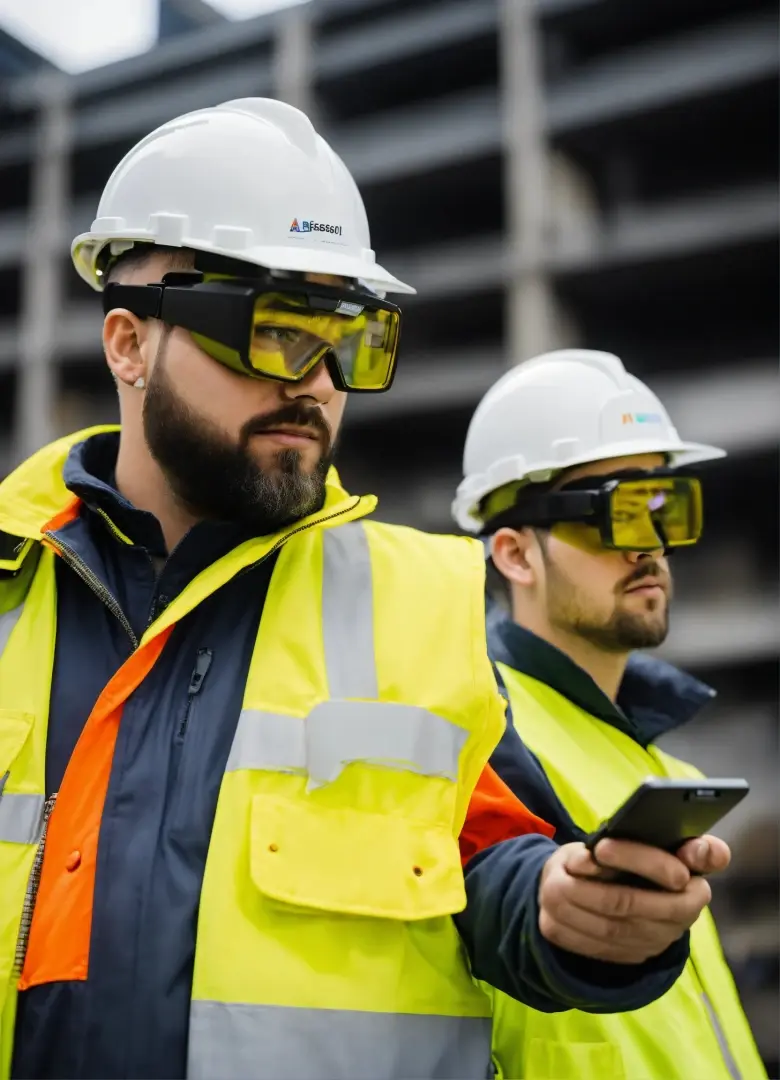ABOUT US
Shaping our future
With all the global problems our planet faces today,
communities of people concerned with them are growing
to prevent the negative impact.
Introduction
- Definition of PPE: Explain what PPE is and give examples (e.g., helmets, gloves, masks, safety goggles, ear protection).
- Purpose of PPE: Highlight that PPE is designed to protect workers from health and safety hazards.
Importance of PPE
- Preventing Injuries and Illnesses:
- Physical Protection: Discuss how PPE like helmets and gloves prevent physical injuries.
- Health Protection: Explain how masks and respirators protect against inhaling harmful substances, reducing the risk of respiratory illnesses.
- Compliance with Regulations:
- Legal Requirements: Mention that using PPE is often mandated by occupational safety and health regulations.
- Avoiding Penalties: Highlight the legal and financial consequences of non-compliance for both employees and employers.
- Promoting a Safety Culture:
- Responsibility: Emphasize the role of both employers and employees in maintaining a safe working environment.
- Training and Awareness: Stress the importance of regular training and awareness programs to ensure proper use and maintenance of PPE.
Types of PPE and Their Uses
- Head Protection: Hard hats to protect from falling objects.
- Eye and Face Protection: Safety goggles and face shields to guard against splashes, sparks, and debris.
- Hearing Protection: Earplugs and earmuffs to prevent hearing damage from loud noises.
- Respiratory Protection: Masks and respirators for filtering harmful particles and chemicals.
- Hand and Skin Protection: Gloves to protect against chemicals, cuts, and burns.
- Foot Protection: Safety boots to prevent injuries from falling objects and slips.
Proper Use of PPE
- Correct Selection: Choosing the right PPE for the specific hazards.
- Fit and Comfort: Ensuring PPE fits properly and is comfortable to wear.
- Maintenance and Storage: Regularly inspecting PPE for damage and properly storing it when not in use.
Common Mistakes to Avoid
- Ignoring PPE Guidelines: Discuss the risks of not wearing PPE or wearing it incorrectly.
- Using Damaged PPE: Highlight the dangers of using damaged or expired equipment.
- Inadequate Training: Stress the importance of proper training on the use and limitations of PPE.
Start writing here...





